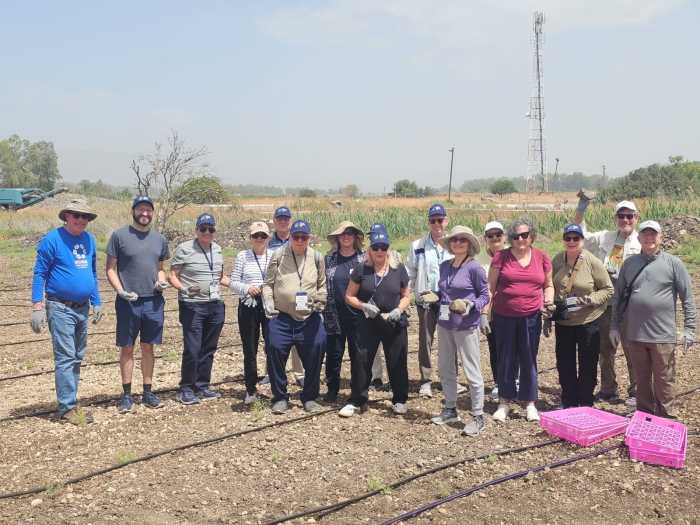By Harvey Goodman
Remember those spring bulbs you planted last fall? And now your garden is covered with snow, exposed to howling winds, and low temperatures?
Fear not, those bulbs are safe and sound beneath a half-foot of soil and mulch — or are they ?
Mid-winter thaws are not terribly unusual in this zone. A few days of temperatures above freezing, say about 40-45 degrees, with full sun, and you have the ingredients for spring bulbs popping up in the middle of the winter.
Gardeners who view the tips of overanxious tulips, hyacinths and daffodils peeking through the ground begin their annual winter panic. Knowing that the weather will surely turn cold once more, the gardener fears frost damage and the eventual demise of the bulbs.
Don’t worry, nature has dealt with the winter thaw for the past few million years, give or take a few thousand. As long as you planted them at the right depth, the worst that will happen is a little frost damage to the leaves. The flower should be deep enough to stay unharmed. Indeed, even the foliage may escape any lasting damage. The sap in the first shoots are so rich in sugar compounds that the internal fluid acts as an anti-freeze protecting the foliage at temperatures well below freezing..
Start those spring seeds now
Starting seeds at the right time helps plants hit the ground growing when it’s time to transplant them outside. Start too early, and you will lose valuable growing time .
Best to follow the directions that companies print on their packets of seeds. They taker into account both the germination time of each kind of plant, and a week or two for hardening off.
First find the average frost free date, then work backwards to determine when to plant the seeds. In our planting zone (6) the approximate frost free date is usually during the second or third week in April, occasionally a bit earlier or late. Some average planting times for typical seeds are:
Basil, 5-10 germination days
Broccoli, 6-10
Cabbage, 6-10
Cucumber, 8-10
Eggplant, 10-15
Lettuce, 4-7
Parsley, 12-25
Pepper, 10-20
Pumpkin, 7-10
Squash, 7-10
Tomato, 8-10
Watermelon, 8-10
Now add about two weeks for hardening off before planting outside .
Questions or comments on gardening and plant car may be addressed to: The Plant Doctor: c/o Queens
Publishing Corp. 41-02 Bell Blvd., Bayside, N.Y. 11361 or e-mail at harvey.goodman@worldnet.att.net


































